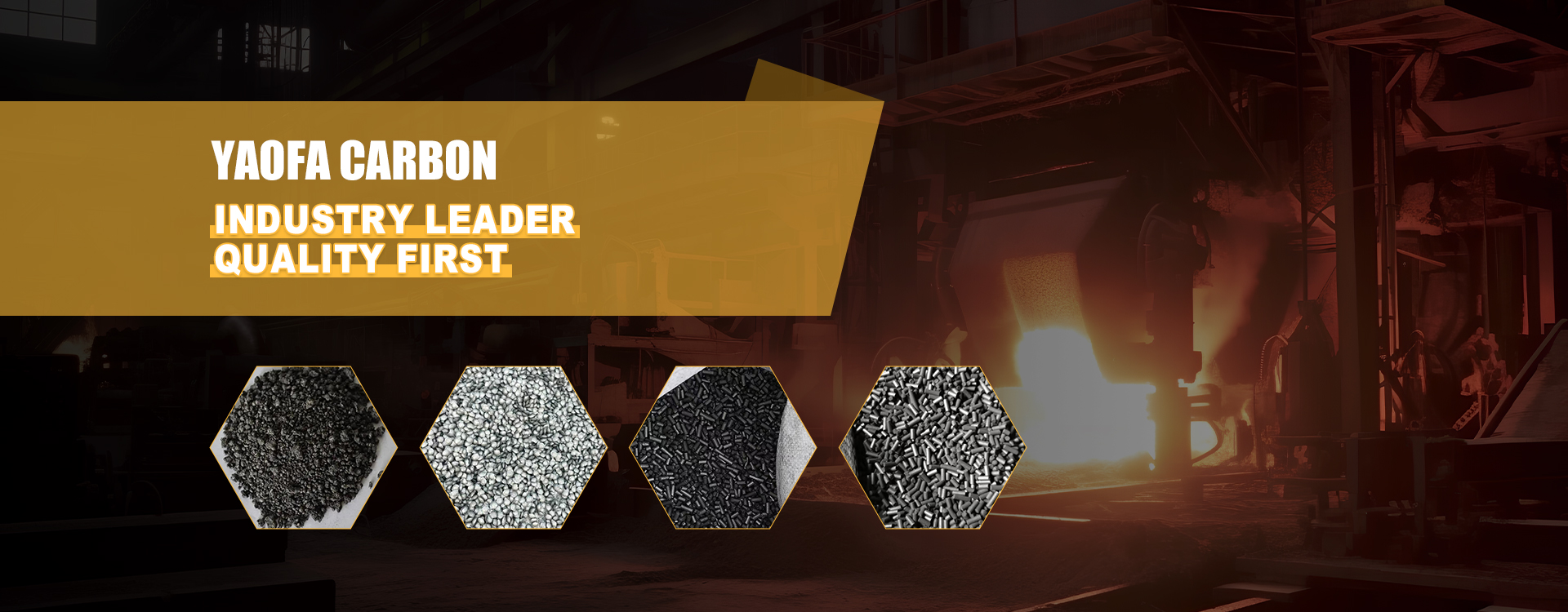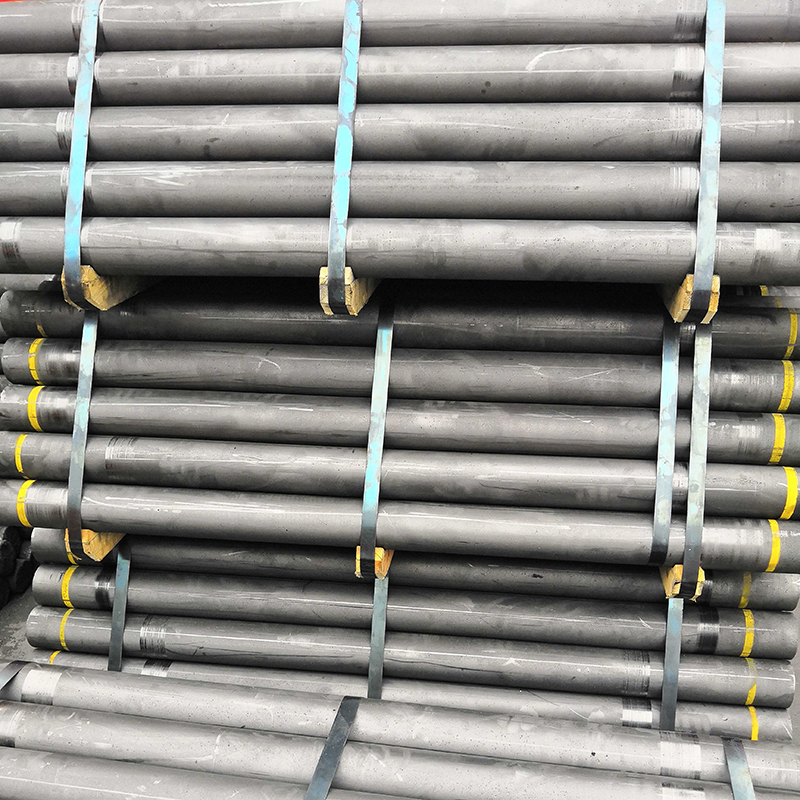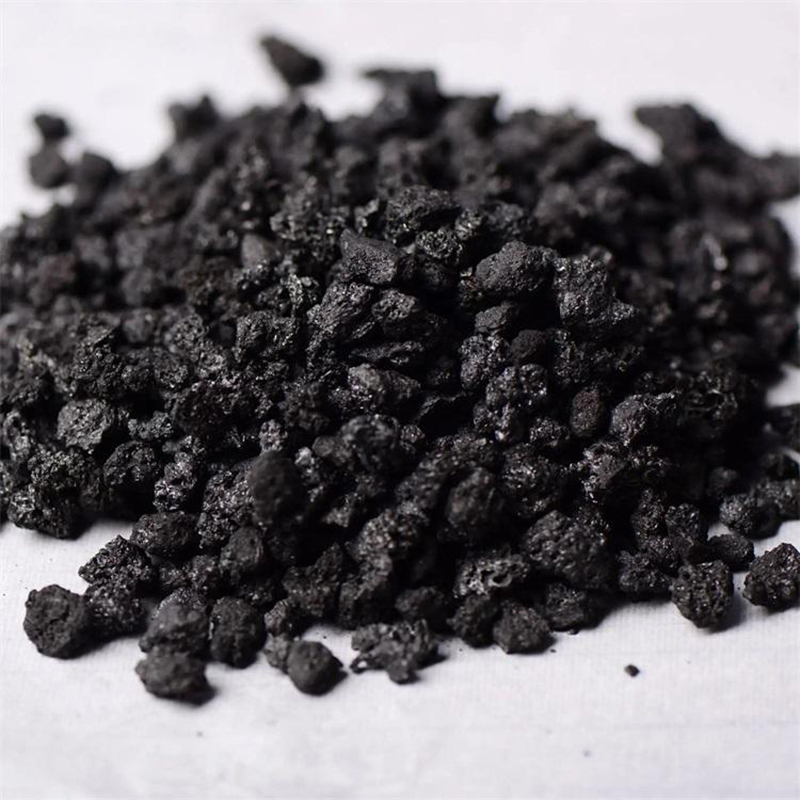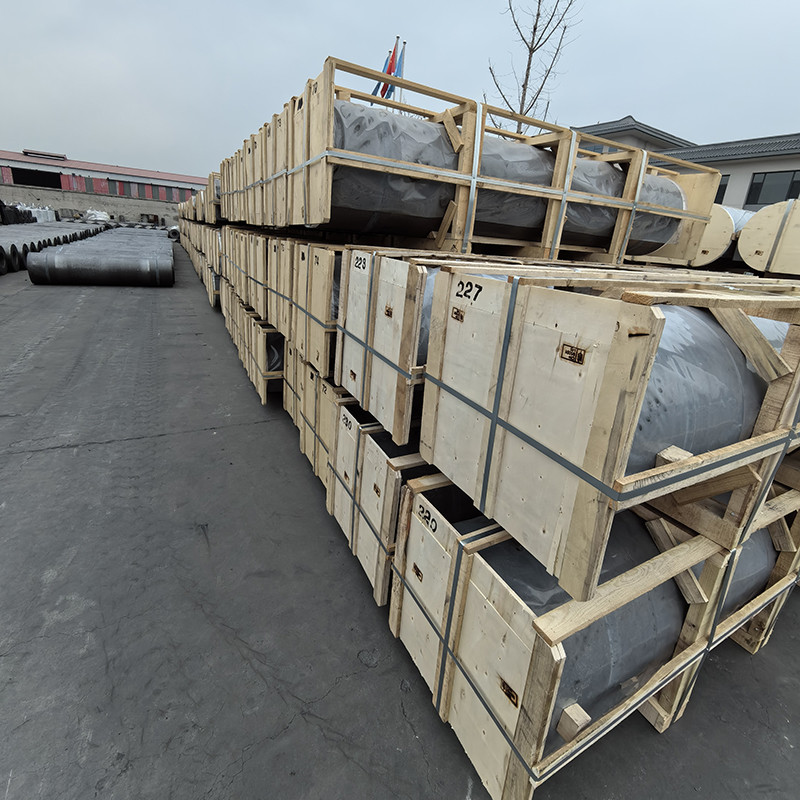- Chinese
- French
- German
- Portuguese
- Spanish
- Russian
- Japanese
- Korean
- Arabic
- Irish
- Greek
- Turkish
- Italian
- Danish
- Romanian
- Indonesian
- Czech
- Afrikaans
- Swedish
- Polish
- Basque
- Catalan
- Esperanto
- Hindi
- Lao
- Albanian
- Amharic
- Armenian
- Azerbaijani
- Belarusian
- Bengali
- Bosnian
- Bulgarian
- Cebuano
- Chichewa
- Corsican
- Croatian
- Dutch
- Estonian
- Filipino
- Finnish
- Frisian
- Galician
- Georgian
- Gujarati
- Haitian
- Hausa
- Hawaiian
- Hebrew
- Hmong
- Hungarian
- Icelandic
- Igbo
- Javanese
- Kannada
- Kazakh
- Khmer
- Kurdish
- Kyrgyz
- Latin
- Latvian
- Lithuanian
- Luxembou..
- Macedonian
- Malagasy
- Malay
- Malayalam
- Maltese
- Maori
- Marathi
- Mongolian
- Burmese
- Nepali
- Norwegian
- Pashto
- Persian
- Punjabi
- Serbian
- Sesotho
- Sinhala
- Slovak
- Slovenian
- Somali
- Samoan
- Scots Gaelic
- Shona
- Sindhi
- Sundanese
- Swahili
- Tajik
- Tamil
- Telugu
- Thai
- Ukrainian
- Urdu
- Uzbek
- Vietnamese
- Welsh
- Xhosa
- Yiddish
- Yoruba
- Zulu
- Kinyarwanda
- Tatar
- Oriya
- Turkmen
- Uyghur

bipolar graphite plate
Exploring the Versatility of Bipolar Graphite Plates in Modern Industries
In the realm of high-performance materials, bipolar graphite plates have increasingly captured attention due to their multifaceted applications and impressive properties. Still, misconceptions abound regarding their use and potential. With two decades under my belt working with carbon materials, I've seen it all—from groundbreaking successes to stumbles that taught invaluable lessons. Let's navigate through the reality of these remarkable materials, reflecting on both their promise and the challenges they present.
Understanding Bipolar Graphite Plates
At first glance, these plates might seem like just another component in electrochemical applications, but their role is far more integral. Designed to conduct electricity while maintaining chemical stability, they serve a pivotal role in fuel cells and other electrochemical systems. A key factor in their selection is their thermal conductivity and resistance to oxidation—attributes that not all manufacturers manage to balance well. I've often been in conversations where experts from Hebei Yaofa Carbon Co., Ltd., with their 20+ years in the industry, have emphasized that achieving this balance is not just about material quality but also precision in fabrication techniques.
When we talk about quality, especially at Hebei Yaofa, which specializes in carbon materials, it reminds me of our rigorous testing phases. Every batch undergoes a series of electrical and thermal tests to ensure they meet industry standards. It's not rare to see companies caught off guard by unexpected performance dips, usually traceable to overlooked fabrication nuances. Consistent quality checks, like those at Hebei Yaofa, mitigate these mysteries, ensuring robustness across various applications.
Speaking from experience, the adaptability of these plates is what makes them so compelling. Whether in a hydrogen fuel cell or as a component in the medical industry, their reliability is non-negotiable. I've had suppliers turn to us for advice on integration without realizing their existing frameworks were inadequate—an oversight often stemming from an underestimation of the plates' subtleties.
Real-World Applications and Insights
Fuel cells are undoubtedly the most talked-about application for bipolar graphite plates. Their role as an electrode component that combines efficiency with durability can't be understated. This became particularly evident when a major project I was involved with hit a snag because the plates’ quality from a different supplier fell short. It was a stark reminder of why Hebei Yaofa's reputation remains strong; their products rarely fall victim to such pitfalls.
Beyond the fuel cell landscape, these plates are finding their way into novel applications like next-gen batteries and corrosion-resistant components in harsh environments. I've had colleagues experiment with their use in automobile environments, where reducing weight without sacrificing electrical performance is crucial. While promising, these experiments often reveal secondary challenges—mainly around consistent scalability and integration with existing technologies.
In a memorable instance, a collaborative project aimed at integrating these plates into solar technology demonstrated potential but quickly ran into practical limitations. Issues of integration and unexpected material behavior at varying temperatures kept cropping up. Yet, these experiences only fueled further innovation, highlighting the plates' growing importance as a versatile solution.
Challenges and Considerations
Despite their advantages, bipolar graphite plates are not without their challenges. Notably, the customization of these plates to fit specific industrial needs often leads to increased costs—something that potential users must weigh against the benefits. Customization isn't just about changing shapes and sizes; it's about modifying the intrinsic properties to suit unique environmental conditions. The discussions I've had with teams at Hebei Yaofa often involve not just technological adjustments but economic viability assessments as well.
Moreover, consistent performance requires proper maintenance and understanding of operational limits. My early days in the field taught me quickly that improper handling or insufficient cleaning cycles can dramatically shorten a plate's lifespan, something that's surprisingly common in less-experienced hands.
Also, regulatory standards vary across regions, influencing both production considerations and the applicability of these plates. It’s one thing to produce a technically sound product in the labs, but completely another to navigate certification processes. Here, companies like Hebei Yaofa, with robust compliance workflows, stand a step ahead, ensuring their offerings are internationally viable.
Success Stories and Innovations
Real innovations seldom come without a predecessor of failures or near misses. In my career, I've been part of teams where sudden breakthroughs in product performance came after extensive troubleshooting. A particular project involved adapting bipolar graphite plates for a large-scale industrial setup. Initial trials were demoralizing due to unexpected thermal expansion issues, yet persistence transformed those setbacks into a streamlined production model that later set industry benchmarks.
The projects that stick with me the most are those where challenges became opportunities for growth—a sentiment echoed frequently in forums and discussions throughout the industry. It is in these high-pressure moments that innovation thrives, carving a path for future advancements. The dual expertise in production and problem-solving that companies like Hebei Yaofa possess often turns these challenges into stepping stones.
Evolving industry needs continuously shape the trajectory of bipolar graphite plates. Just as no two projects are alike, no application of these plates is without room for improvement. At Hebei Yaofa Carbon Co., Ltd. (https://www.yaofatansu.com), the commitment to pushing boundaries while maintaining quality exemplifies what it means to lead in carbon solutions. The road is anything but predictable, yet it is these nuanced experiences that make working with such materials an immensely rewarding endeavor.
Related products
Related products
Best selling products
Best selling productsRelated search
Related search- isomolded graphite plate Manufacturer
- Electrode powder Manufacturer
- China curing a graphite crucible
- graphite cup
- wholesale rp graphite electrode
- Buy graphite crucible for sale
- Buy graphite crucible for gold melting
- ucar graphite electrodes Manufacturer
- outdoor bus shelter
- China Normal power graphite electrode













